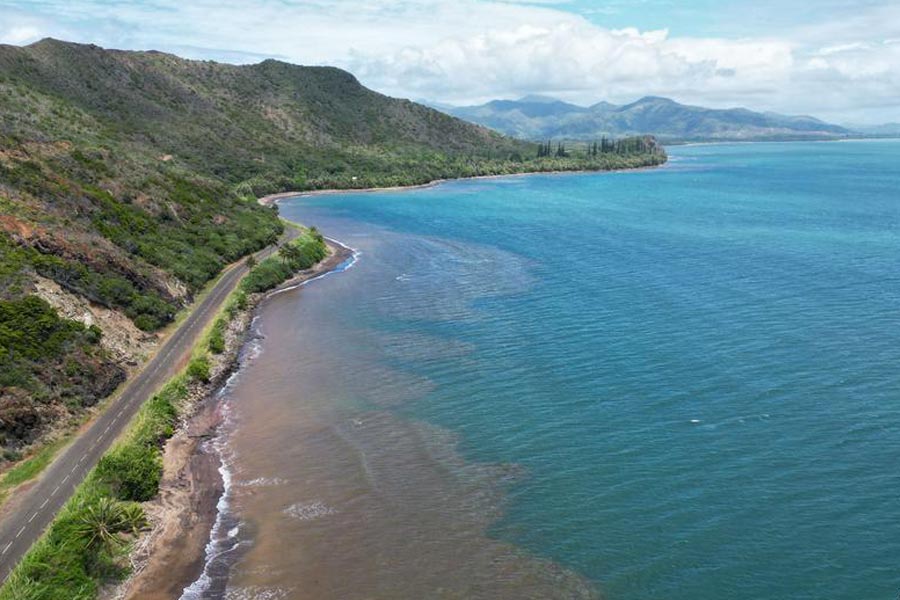A tsunami warning for several Pacific states has been lifted after a magnitude 7.7 earthquake hit southeast of the Loyalty Islands in the French territory on Friday. The epicenter was located southwest of Fiji, north of New Zealand and east of Australia.
"Based on all available data the tsunami threat from this earthquake has now passed," the Pacific Tsunami Warning Center said in a statement.
According to the US Geological Survey (USGS), the quake was detected at a depth of 37 kilometers (23 miles) some 340 kilometers east of Vao city in New Caledonia.
Following the quake, an 8-centimeter tsunami was observed in New Caledonia, according to Australia's Bureau of Meteorology (BOM).
Evacuation was also ordered in New Caledonia's coastal areas, a government official said. At least one beach had been evacuated, according to an AFP journalist.
What effect did the earthquake have?
A tsunami was initially forecast for Vanuatu, and smaller waves were forecast for Fiji, New Caledonia, Kiribati and New Zealand.
Authorities in Vanuatu advised citizens to evacuate coastal areas and move to higher grounds.
A marine warning was issued for Australia's Lord Howe Island, BOM said. However, it later said there was "no land threat to the Australian mainland or Australian territories."
Following the earthquake, New Zealand's National Emergency Management Agency issued a warning for tsunami.
"We expect New Zealand coastal areas to experience strong and unusual currents and unpredictable surges at the shore," the agency said.

